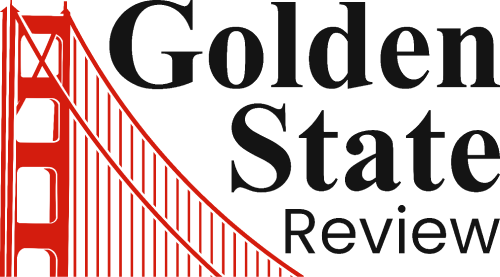New York City launched its highly anticipated “Cultural Connection” program, designed to support local artists and performers who were hit hard by the economic impacts of the COVID-19 pandemic. The initiative, led by the New York City Department of Cultural Affairs (DCLA), is aimed at revitalizing the city’s vibrant arts scene by providing direct financial support, resources, and exposure to underrepresented artists across a variety of disciplines.
The announcement was made at a press conference in Times Square, where City Council Speaker Adrienne Adams joined DCLA Commissioner Laurie Cumbo and local artists in celebrating the launch of the program. The initiative, which is funded by a $30 million allocation from the city’s budget, will focus on small grants for independent artists, provide access to affordable rehearsal and performance spaces, and create opportunities for public art installations.
“New York’s cultural heartbeat is its artists,” said Mayor Eric Adams, who was present at the event. “We owe it to our artists, our creators, and our performers to make sure they have the tools and the opportunities they need to continue contributing to the soul of this city.”
The program includes two key components: a direct grant system for individual artists, and a partnership with local venues and businesses to facilitate public art exhibitions, live performances, and community engagement activities. The grants will be aimed at artists who have been particularly affected by the pandemic, such as musicians, dancers, painters, and theater actors, providing them with a means to continue their work in a post-pandemic world.
The “Cultural Connection” program also includes partnerships with various cultural institutions and grassroots organizations across the city, ensuring that artists from all five boroughs—Manhattan, Brooklyn, Queens, The Bronx, and Staten Island—have access to the program’s resources. “This initiative is a testament to the importance of cultural equity in New York City,” said Laurie Cumbo, DCLA Commissioner. “We want to make sure that every artist, no matter their background or discipline, can find support and recognition in this great city.”
One of the first projects funded by the program is an outdoor theater festival that will showcase works from local playwrights and performance groups. The festival, which is scheduled for the summer, will feature free performances across several parks in the city, providing an accessible platform for artists and audiences alike. Local artist and playwright Anthony Jones, whose work was selected for the festival, expressed his excitement about the opportunity. “This program is giving artists like me a chance to connect with audiences again, which is incredibly important after the isolation we all faced during the pandemic,” Jones said.
Additionally, the initiative will support arts education programs for young people, aiming to introduce more students to creative fields and help them develop their artistic talents. The program will also include a public art campaign, featuring murals, sculptures, and installations throughout the city that reflect New York’s diversity and creativity.
The “Cultural Connection” program is a significant investment in the city’s creative economy and cultural infrastructure, signaling New York City’s commitment to supporting its local artists as they rebuild and thrive in the years to come. As the arts continue to play a central role in the city’s identity, this initiative promises to help nurture and sustain the creative community that has always been a key part of New York’s charm.



